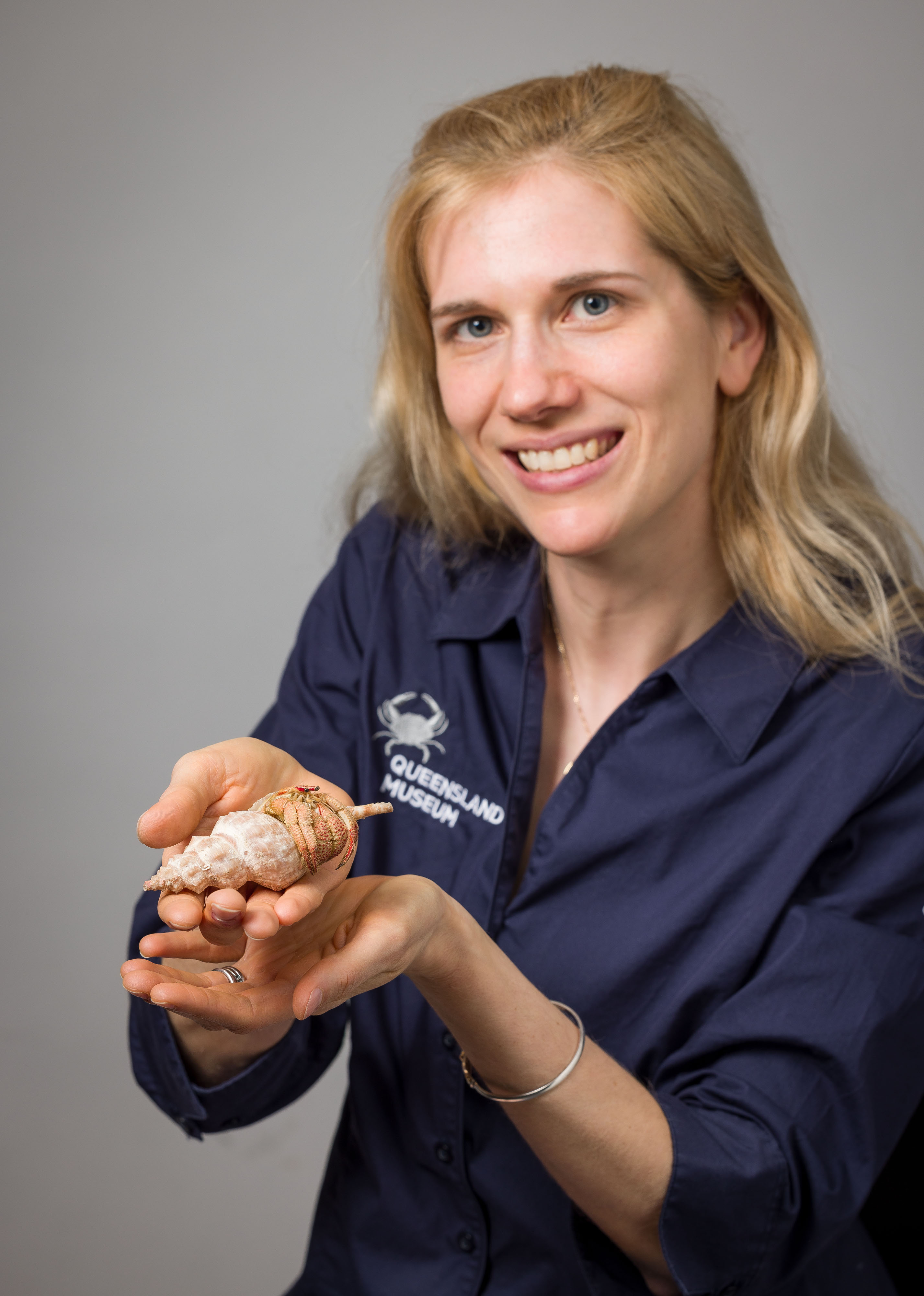Here at IFLScience, nothing thrills us more than when a colorful crustacean graces our inbox. Banana the Lobster will always hold a special place in our hearts, and we love the blue, bicolored, and cotton candy versions just as much – but today, it’s all about the crabs. Introducing Strawberry Claws, a new-to-science species of hermit crab with the rosiest legs and claws you ever did see.
“We knew straight away this was a special hermit crab,” said Queensland Museum Collection Manager Dr Marissa McNamara in a statement. McNamara worked with Queensland Museum Honorary Peter Davie on the first scientific description of the new species.
While Strawberry Claws is a delightful nickname, the pair propose the official common name “Strawberry-clawed Hermit”. The Latin designation Strigopagurus fragarchela is derived from fragaria, meaning “strawberry”, and chela, referring to “claws”.
“The identification of Strigopagurus fragarchela is an exciting addition to the genus, for which Australia appears to be the stronghold. We now have four endemic species, two of which are only found in Queensland,” said McNamara.
There are numerous hermit crab genera with species spread all over the world – one or two of them even spend some of their time in trees. The thing that sets them apart from other crustaceans is their penchant for moving house. As soon as the larvae metamorphose into their final crabby form, they must go in search of their own shell and switch it up for a bigger one as they grow.
Competition can be fierce, leading in some parts of the world to hermit crab housing crises. Some circumvent this problem by simply setting up camp inside other living organisms, while other less fortunate individuals have been forced to make their homes in our plastic trash.

Dr Marissa McNamara holding Strawberry Claws.
Image credit: Queensland Museum
Members of Strigopagurus genus to which Strawberry Claws belongs are mostly found in waters around Australia, with a couple of exceptions. One of their most distinctive features, which Strawberry Claws shares, is stridulation – by flexing and extending parts of their claws, they produce a sound that is believed to act as a defense against attacks from other crabs, basically annoying them until they back down. It’s the same process by which insects like crickets produce their characteristic sounds.
The handful of Strawberry Claws specimens that have so far been examined came from commercial trawler bycatch off the coast of southeast Queensland, and there’s a lot we still don’t know about their underwater community. They’re found in the relatively deep waters of the continental shelf, about 120-260 meters (394-853 feet) down. They’re also quite large for hermit crabs – the specimen that the official scientific description is based on measured 13.9 millimeters (about half an inch).
Apart from that, their most striking feature is their coloration, with fabulous bright red legs and scarlet spots peppered all over their claws.
Hopefully, now that they’ve been scientifically described, future research will be able to tell us more about them.
“Our natural history collections are more than just preserved specimens,” commented Queensland Museum CEO Dr Jim Thompson, who praised Davie and McNamara’s work; “they are vital tools for scientific discovery, conservation and public education.”
The study is published in Memoirs of the Queensland Museum.
Source Link: Say Hi To “Strawberry Claws”, A New Hermit Crab Species With Fabulous Red Pincers